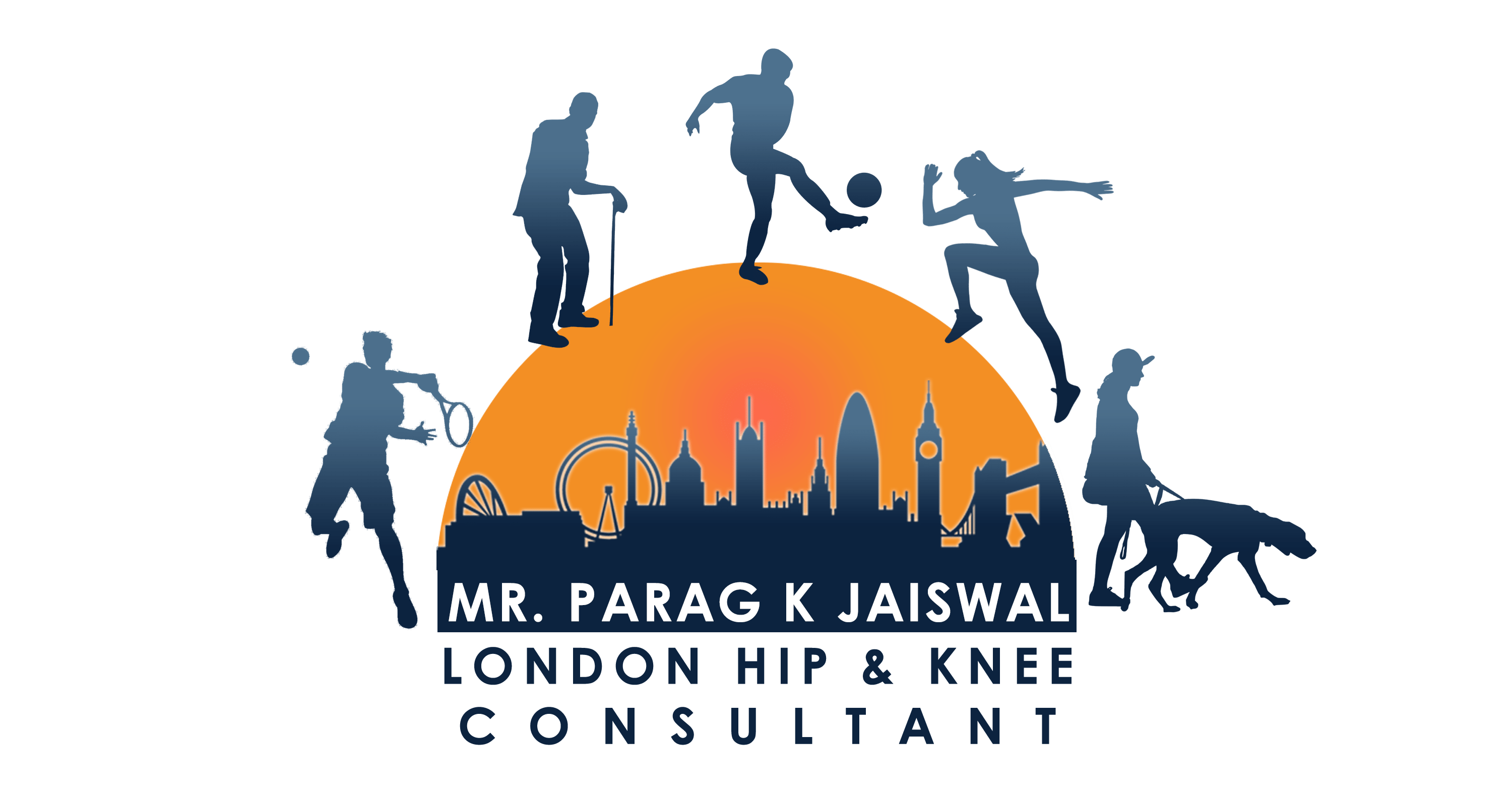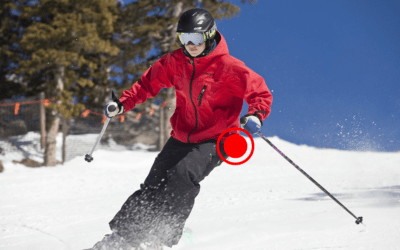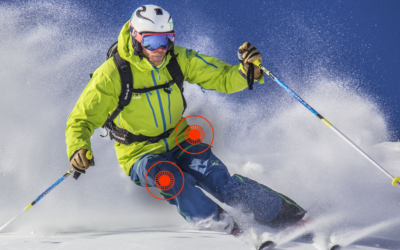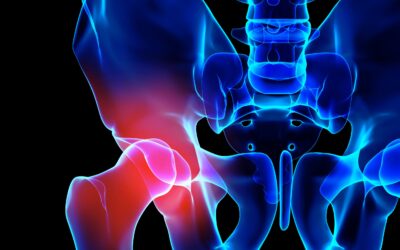The success of knee surgery is not only dependent on the skill of the surgeon and the advancements in the operating theatre but also on the quality of post-operative rehabilitation. Rehabilitation following knee surgery is a crucial component of a full recovery, playing a vital role in helping patients return to their daily activities and an active lifestyle. I work with some excellent physiotherapists to deliver a truly bespoke treatment plan for you before and after your surgery to achieve the best possible outcome. Here, we outline the key elements of an effective rehabilitation programme after knee surgery.
Initial Recovery Phase
- Rehabilitation begins almost immediately after surgery. The initial recovery phase focuses on reducing swelling, managing pain, and protecting the joint. This involves:
- Ice and Compression: Applying ice packs and using compression bandages can help control swelling and pain.
- Pain Management: Pain relief medication is prescribed to manage discomfort and facilitate early mobilisation.
- Protecting the Knee: Depending on the type of surgery, knee braces or splints may be used to support the knee during the early stages of healing.
Early Mobilisation
Early mobilisation is crucial to prevent stiffness and improve circulation, which aids in healing:
- Assisted Walking: Using crutches or a walker, patients are encouraged to start walking as soon as it is safe to do so.
- Range of Motion Exercises: Gentle exercises are introduced to maintain joint mobility and prevent scar tissue from limiting knee movement.
Strengthening and Conditioning
As the knee heals, the focus shifts to regaining strength and endurance:
- Muscle Strengthening: Specific exercises are designed to strengthen the muscles around the knee, especially the quadriceps and hamstrings.
- Cardiovascular Conditioning: Low-impact activities such as cycling or swimming are incorporated to improve overall fitness without placing undue stress on the knee.
Functional Training
Functional training is tailored to the individual’s daily activities and goals:
- Balance and Proprioception: Exercises that enhance balance and knee joint position sense are critical, particularly for those returning to sports.
- Activity-Specific Drills: For athletes, rehabilitation includes drills that mimic the demands of their sport to ensure the knee can withstand specific stresses.
Advanced Rehabilitation Techniques
Advancements in rehabilitation methods have introduced new techniques to enhance recovery:
- Hydrotherapy: Water exercises can be beneficial in the early stages as they allow for movement with less weight-bearing stress.
- Electrical Stimulation: Neuromuscular electrical stimulation can help activate muscles and improve strength.
- Manual Therapy: Physical therapists use hands-on techniques to improve joint mobility and soft tissue function.
Long-Term Management
Successful long-term outcomes depend on ongoing management:
- Home Exercise Programme: Patients are provided with a set of exercises to continue at home to maintain knee strength and mobility.
- Lifestyle Adjustments: Education on joint protection, weight management, and activity modification is essential to protect the knee from future injury.
Monitoring Progress
Regular follow-up appointments are necessary to monitor the knee’s healing and progress. Adjustments to the rehabilitation programme are made based on the patient’s feedback and clinical assessments.
Conclusion
Rehabilitation following knee surgery is a continually evolving process that requires patience, perseverance, and a collaborative effort between the patient, surgeon, and physiotherapist. A well-structured rehabilitation programme is paramount for a full recovery and a swift return to daily activities. For more information on tailored rehabilitation plans and expert guidance, contact me, where we commit to your recovery and journey.




